SME Finance Policy Guide
SME Finance Policy Guide
SME Finance Policy Guide
You also want an ePaper? Increase the reach of your titles
YUMPU automatically turns print PDFs into web optimized ePapers that Google loves.
G-20 <strong>SME</strong> FINANCE POLICY GUIDE<br />
7<br />
CHAPTER A<br />
<strong>Policy</strong> <strong>Guide</strong>:<br />
Objectives, Application<br />
The objective of this <strong>Policy</strong> <strong>Guide</strong> is to refine and<br />
develop the policy recommendations endorsed by G-20<br />
leaders in Seoul in 2010, to take further account of the<br />
challenges developing countries face, and to produce a<br />
more detailed <strong>Policy</strong> <strong>Guide</strong> to guide and support the<br />
implementation of <strong>SME</strong> <strong>Finance</strong> reforms. The <strong>Policy</strong><br />
<strong>Guide</strong> is intended as a guide and reference point for governments<br />
and regulators, providing a roadmap for planning,<br />
assessing, and implementing policy and legal<br />
measures to support <strong>SME</strong> access to finance.<br />
The draft <strong>Policy</strong> <strong>Guide</strong> sets out models and accepted or<br />
emerging good practice for policy and legal reforms<br />
and public interventions to support <strong>SME</strong> <strong>Finance</strong>. As<br />
such, it can underpin the development of country<br />
action plans and national strategies to improve <strong>SME</strong><br />
access to finance. Given the mixed results achieved by<br />
<strong>SME</strong> <strong>Finance</strong> policies, reforms, and interventions in<br />
many countries, the <strong>Policy</strong> <strong>Guide</strong> incorporates lessons<br />
learned, outlines good practice models, and places<br />
each <strong>Policy</strong> <strong>Guide</strong> component in the context of the<br />
issues that it can address, thus offering the potential<br />
for tailored, more cost-effective, and higher-impact<br />
reforms and interventions.<br />
In line with the guidance received from the G-20 <strong>SME</strong><br />
<strong>Finance</strong> co-chairs, there is a focus on Least Developed<br />
Countries (LDCs) 1 running through the <strong>Policy</strong> <strong>Guide</strong>,<br />
including the challenges that LDCs face in supporting<br />
<strong>SME</strong> finance, along with relevant models and recommendations.<br />
The challenges faced by the Middle East<br />
and North Africa region, including job creation and<br />
widening of economic opportunities, also informed<br />
the scope of the <strong>Guide</strong> as requested by the GPFI cochairs,<br />
with guidance and models provided for public<br />
interventions (such as state banks, guarantee funds,<br />
apex funds), and a set of policy analysis and recommendations<br />
on measures to increase the creditworthiness<br />
and competitiveness of <strong>SME</strong>s.<br />
The <strong>Policy</strong> <strong>Guide</strong> will be presented in draft to the G-20<br />
leaders at the Cannes Summit in November 2011.<br />
Sequencing, Prioritization<br />
The <strong>Policy</strong> <strong>Guide</strong> presented in this paper provides a<br />
comprehensive menu of interventions to support<br />
improved access to finance for <strong>SME</strong>s. The significance<br />
of market failures, regulatory constraints,<br />
supervisory weaknesses, financial infrastructure<br />
deficiencies, and financial institution capacity and<br />
behavior, will vary by country and context.<br />
Therefore, diagnostic assessments are necessary as a<br />
first step to inform the selection and sequencing of<br />
tools from this <strong>Guide</strong>. 2<br />
The capacity of government to implement reforms, of<br />
regulators to effectively introduce and supervise new<br />
or reformed regulations, and of the financial sector to<br />
respond to an improved enabling environment, will<br />
also vary. LDCs in particular may be relatively constrained<br />
in terms of human, institutional, and fiscal<br />
resources to support comprehensive reform programs,<br />
and may need to carefully sequence <strong>SME</strong> <strong>Finance</strong><br />
1 LDC definition and country list in Annex IV.<br />
2 The <strong>SME</strong> <strong>Finance</strong> Abatement model is outlined in Annex II. The purpose of the model is to provide a basis on which to calibrate the<br />
effectiveness of policy interventions in a country, by first quantifying the <strong>SME</strong> finance gap, then determining which interventions should<br />
be targeted, and assessing the effectiveness and cost of implementing such policies to increase access to finance for <strong>SME</strong>s.


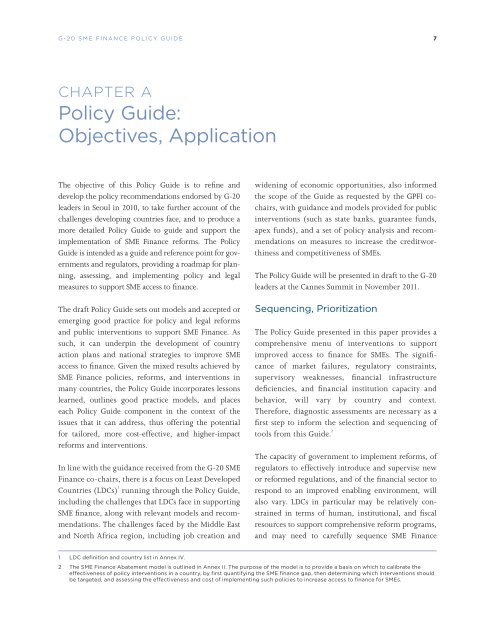
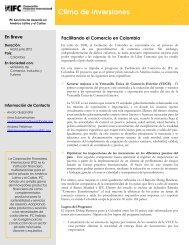
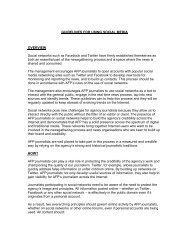
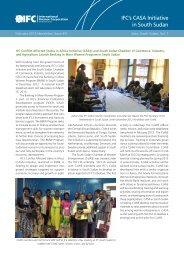

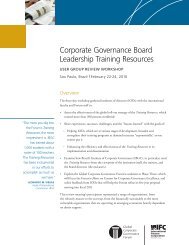




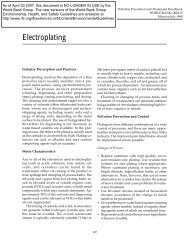

![Print a two-page fact sheet on this project [PDF] - IFC](https://img.yumpu.com/43449799/1/190x245/print-a-two-page-fact-sheet-on-this-project-pdf-ifc.jpg?quality=85)


